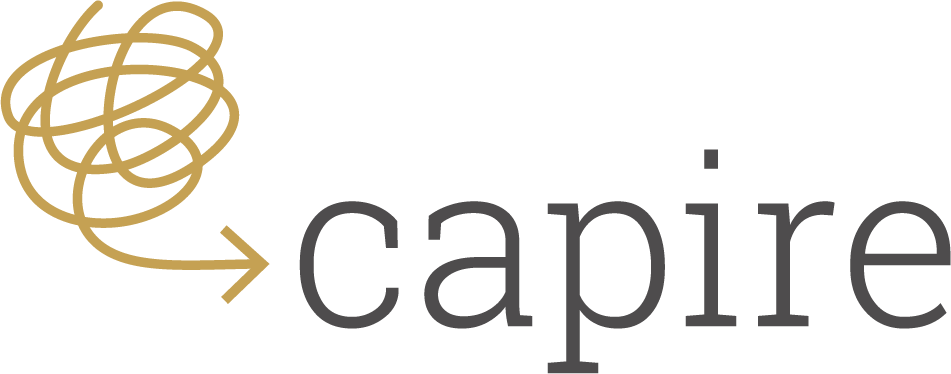Streamline your document review
Does it take longer than you expect to finish writing a document for your organisation or business? Do you find that too many people want to change your draft and re-negotiate the contents?
These are common problems that have a significant impact on productivity. When many people review a document, sometimes more than once, it adds up to a lot of time that could be spent on other priorities. When a writer receives a lot of conflicting views on a draft document, it can be difficult for them to reconcile those comments.
Rather than improve a draft, this type of review often leads to documents that have an unclear purpose; use different voices; and are inconsistent, and difficult to read and understand. It also leads to documents taking a long time to finish – the situation you’re writing about may even have changed, leaving the document out of date and possibly redundant. Not surprisingly, this experience can leave writers frustrated and demoralised.
It’s not always possible for the writer to resolve the underlying causes of these problems, but this article gives you five strategies to stop your document review spiraling out of control.
Five strategies to streamline the process of reviewing a document
Plan your writing
Invest time to plan your document before you start writing. This will ensure your document has:
- a clear purpose
- content that supports the purpose
- a clear and logical structure
- headings that your readers can use to navigate your document quickly and easily.
Get buy-in to your plan
If the people reviewing your document have different views on why it is being written, who it is being written for and what its main messages are, your review process will run into problems.
Sit down with the document’s signatories and influencers at the outset to make sure they agree with your plan. This will save you time in the long-run and avoid unnecessary stress.
Write a good-quality draft
If you circulate an incomplete and poorly written draft, people reviewing your document may feel inclined to substantially change it.
Take the time to draft a near-complete version, which is clear and easy to read. You’ll find reviewers are then more likely to offer useful suggestions than make excessive and unhelpful changes.
Manage the review process
If you circulate your draft document simply inviting ‘feedback’, you’ve immediately lost control of the review process.
Instead:
- clearly communicate your review process and deadlines, and stick to them
- limit the number of times the document is reviewed; multiple reviews take a lot of time and lengthen the process
- limit who reviews the document to those who must check it
- use a hierarchical review process; tell people who has already reviewed and accepted the document
- tell people what you want them to review, such as factual errors
- tell people what can’t be changed, such as the format or structure
- explain that the document will be edited, so you don’t want people to invest time in suggesting editorial changes.
Edit the document
When your review process is complete, carefully edit your document. This will not only improve its quality; it will enhance people’s confidence in your writing ability and your review process. If you can’t edit the document yourself, there are other editing options you can choose. Read more in our article Do you need an editor?
Capire is a leading New Zealand writing consultancy for governments, NGOs and international development agencies. We help organisations transform their complexity into plain English. Find out more about how we can help your organisation or sign up for our newsletter to get more tips to improve your writing.























